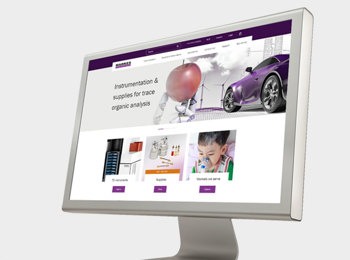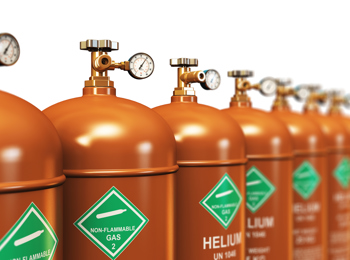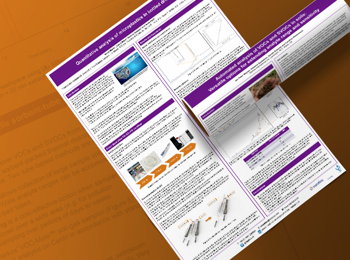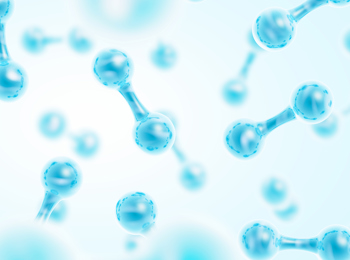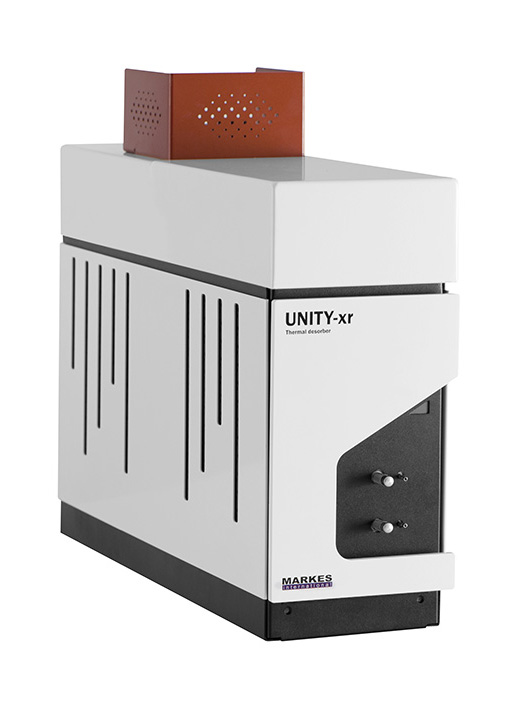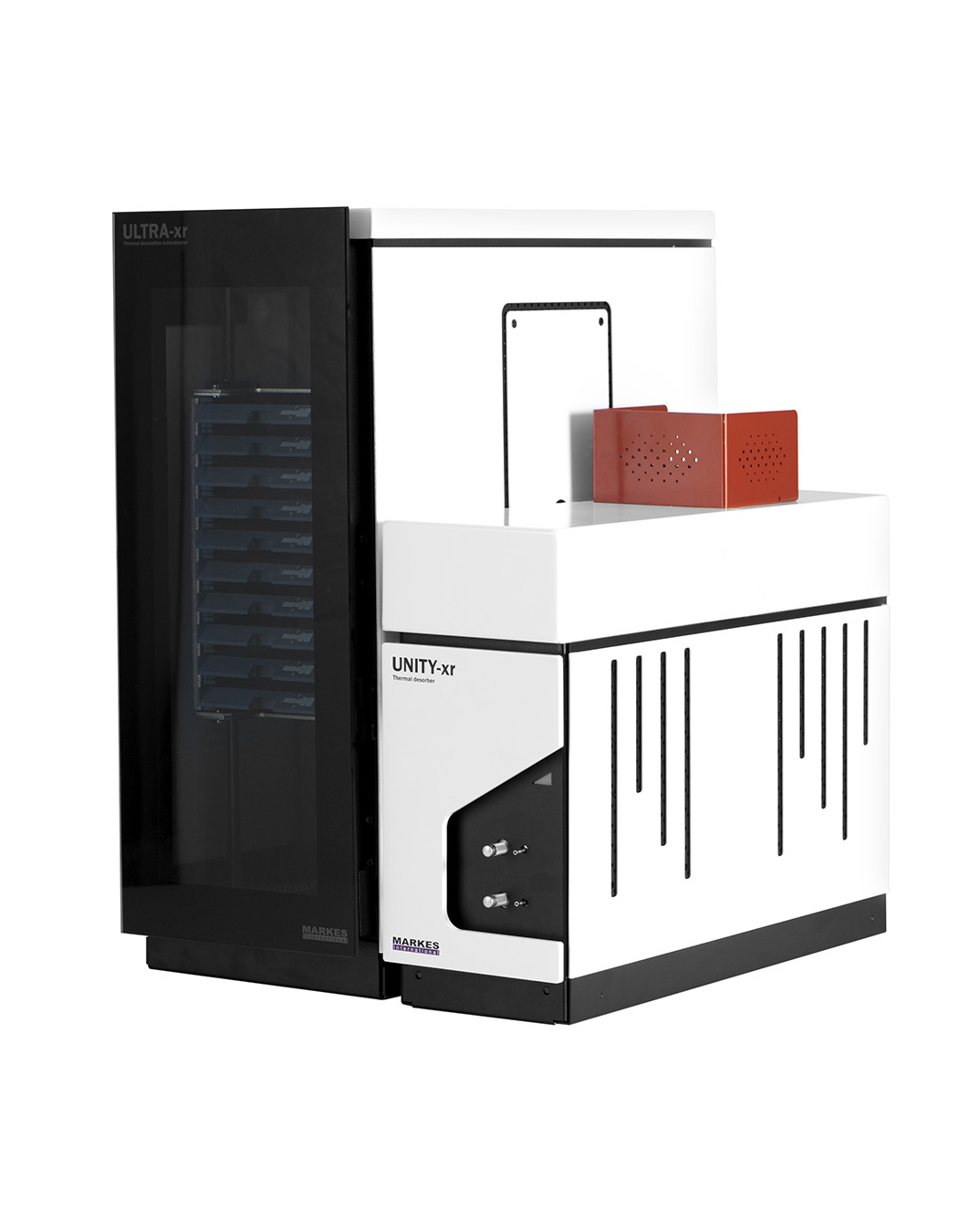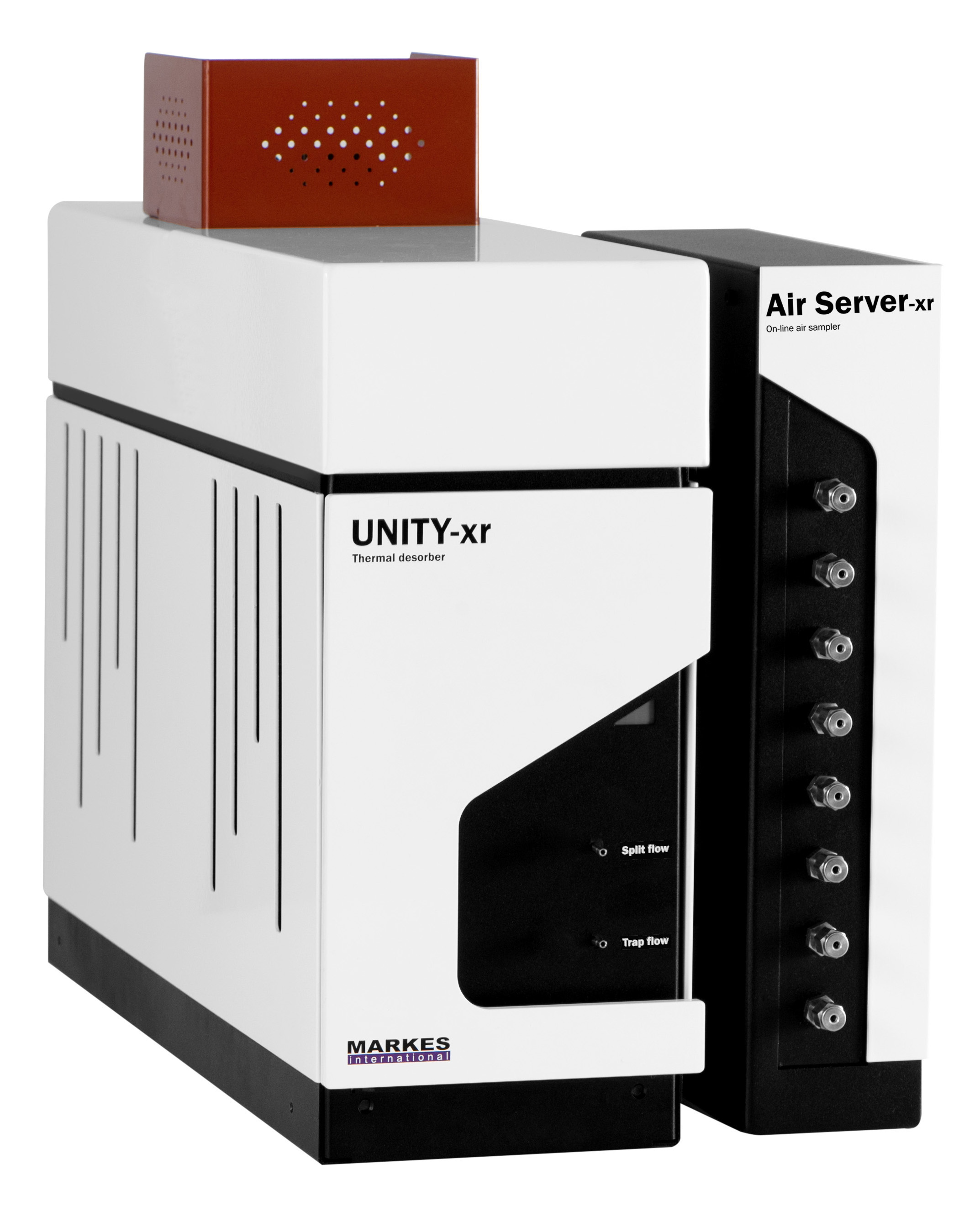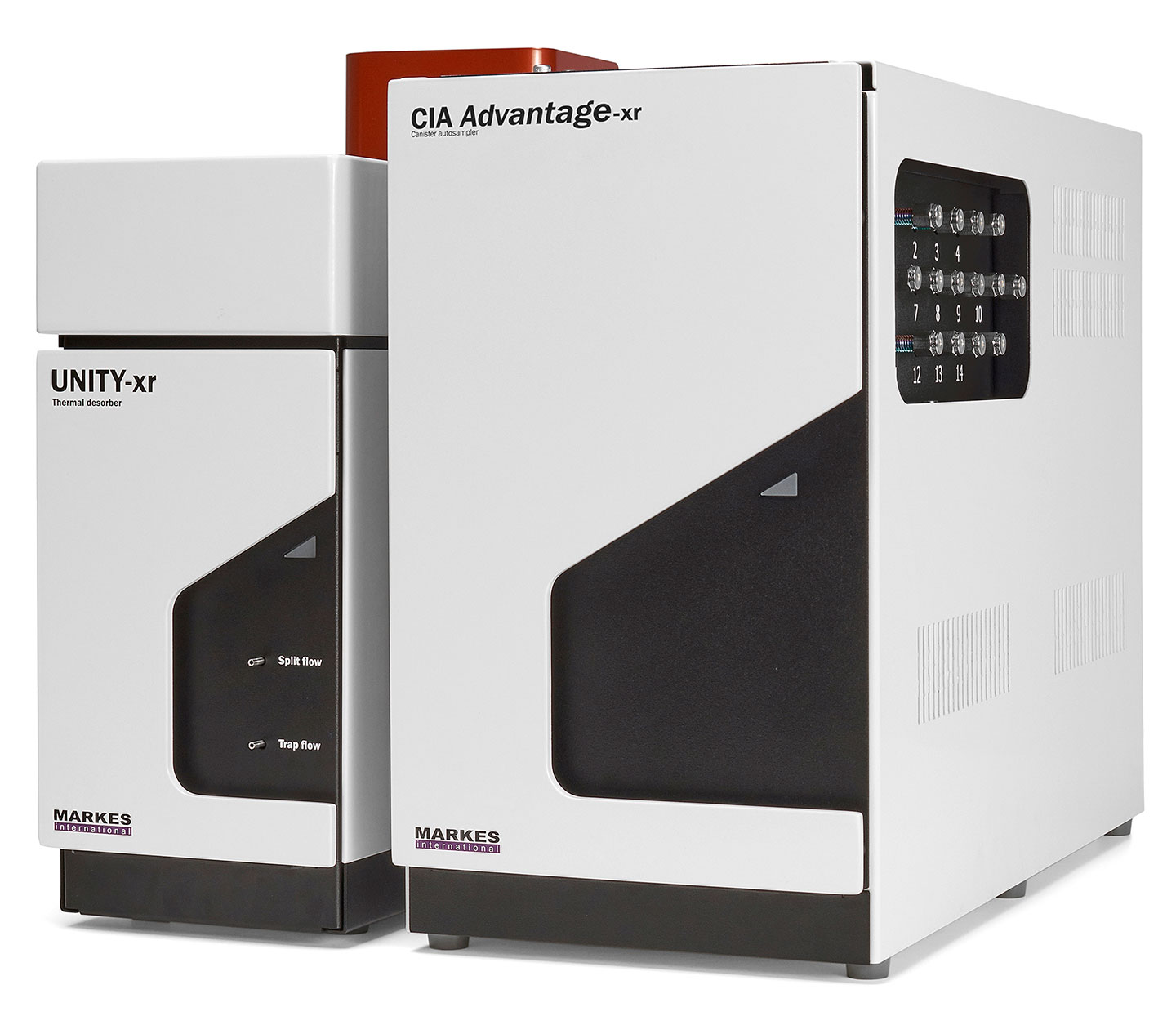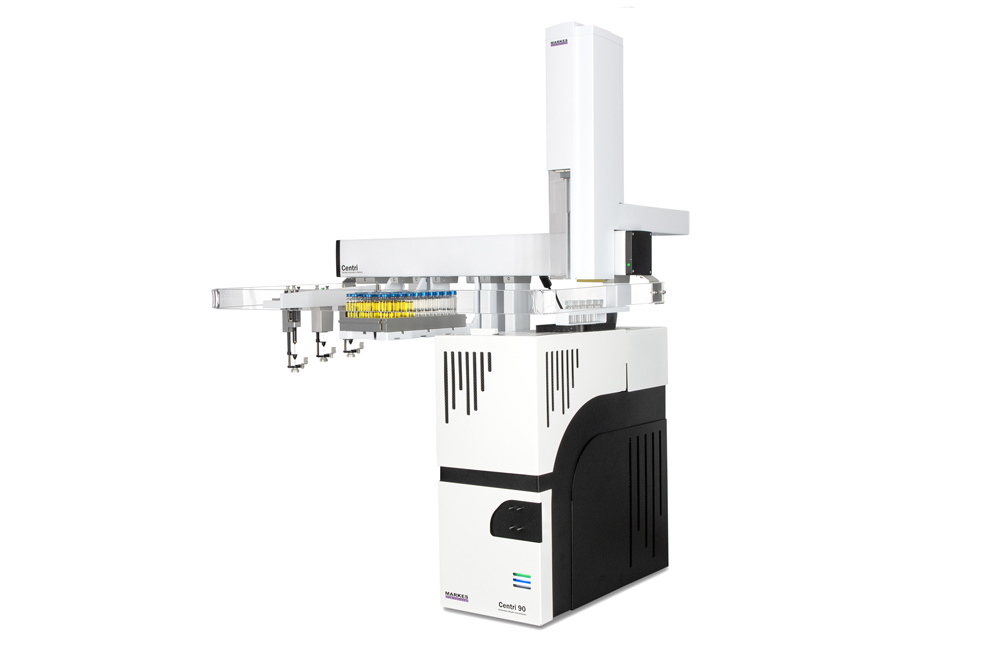
How to switch from helium to hydrogen carrier gas for thermal desorption – safely and confidently
Expert FAQs covering the key considerations for switching carrier gas in thermal desorption workflows
Markes’ award-winning Multi-Gas enabled thermal desorption (TD) instruments are designed for use with hydrogen carrier gas, as well as helium and nitrogen. Switching to hydrogen offers a number of advantages for laboratories, helping to simplify the transition and deliver long-term benefits:
-
Futureproofing – safeguard against helium shortages and rising costs
-
Cost saving – reduce laboratory running costs, eliminate hidden cylinder charges, and avoid the need for costly gas lines
-
Sustainability – hydrogen is renewable, sustainable and energy efficient, helping to lower your carbon footprint
-
Convenience – consistent gas supply, reduced risk of downtime, easier unattended operation, and no need for additional consumables
-
Productivity – faster GC separations and shorter TD methods mean higher sample throughput and greater earning potential
Frequently asked questions about using hydrogen with thermal desorption
Despite these clear benefits, many labs still have questions about adopting hydrogen as a carrier gas. This FAQ addresses the five most common areas of concern, helping you make an informed, confident transition.
Safety
Yes. Multi-Gas enabled TD instruments include certified hydrogen-compatible components, flow restrictions, software safeguards, and integrated ventilation. These measures ensure that no internal area of the instrument can reach the lower explosive limit (LEL) of 4% – as verified by an independent certification body.
No. A hydrogen sensor is not required within the TD instrument, as it has been specifically designed to prevent hydrogen build-up. The LEL of 4% can therefore never be reached inside the system. However, GC ovens may still require hydrogen sensors, as they are typically not ventilated. Please consult your GC manufacturer for guidance on their safety requirements when operating with hydrogen.
Sensitivity
No. Thermal desorption preconcentration effectively mitigates any potential sensitivity loss – a concern sometimes raised for GC methods. Application notes AN155 and AN156 demonstrate high-sensitivity TD–GC–MS results using hydrogen.
Spectral fidelity
No. Markes has seen no hydrogenation across tested applications including TO-17, TO-15, PAHs, PAMS and hydrogen fuels, with comparable spectral match scores to helium – findings are supported by customer data.
No. To date we have not identified any TD–GC–MS applications where hydrogen is unsuitable – tested cases including VVOCs, VOCs and SVOCs show no sensitivity or complexity issues. Spectral fidelity is maintained across these applications, with comparable library match scores for hydrogen and helium. These findings are also supported by recent customer studies. For more detail, watch the on-demand webinar Switching to hydrogen carrier gas: An analyst’s guide to GC–MS method conversion.
Compliance
No. Compliance is maintained as long as quality criteria are met; Markes has data confirming compliance with TO-17 (see Application Note 155), TO-15 and online methods such as PAMS (see Application Note 159)
Installation
Each system includes a hydrogen safety manual outlining user responsibilities and key considerations to support your laboratory’s risk assessment.
No. GC method translation software helps adjust flow, oven temperatures and column settings, and TD method changes are straightforward – either reducing desorption times or temperatures depending on your goals.
Due to hydrogen’s high diffusivity, it efficiently 'cleans' the system. As a result, the baseline may temporarily increase. This typically stabilises overnight, though in some cases it may take several days to two weeks – particularly if existing carrier lines are retained. For best results, consider replacing carrier lines (ideally with new stainless steel), and install fresh consumables such as liners and septa. Trimming columns and purging with hydrogen before use is also recommended.
Yes. Many customers start on helium and switch later – as long as the system is Multi-Gas enabled, you can make the transition safely when ready.




